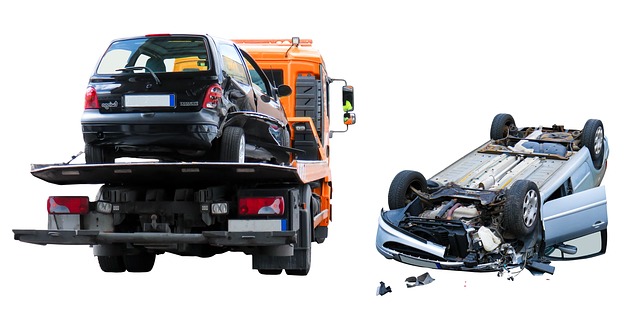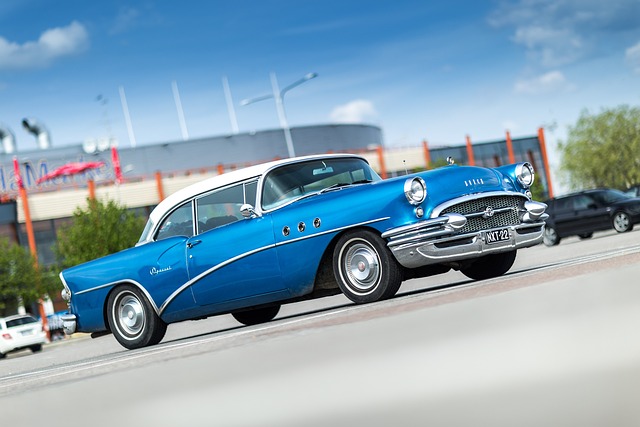Weather conditions significantly impact pedestrian safety, affecting accident likelihood and severity due to reduced visibility, traction issues, and navigation risks from extreme temperatures or weather events like rain, fog, snow, and ice. Understanding these factors is crucial for assessing pedestrian accident liability, with legal implications extending to compensation for emotional distress and family loss in wrongful death claims. To minimize risks, strategies include improving road maintenance, enhancing visibility, educating the public on safety measures, leveraging technology like surveillance systems and real-time weather monitoring, and collaborative incident management between authorities, departments, and emergency services to ensure swift accident clearance and improved safety outcomes.
Weather conditions significantly impact pedestrian safety, influencing accident rates and liability outcomes. This article explores how varying weather—from dense fog to torrential rain—alters pedestrian risk assessment and legal responsibilities. We delve into the complex web of pedestrian accident liability from a legal perspective, discussing strategies for minimizing risks and promoting accountability during adverse weather events. Understanding these factors is crucial for fostering safer communities and ensuring fair legal outcomes.
- The Impact of Weather Conditions on Pedestrian Safety
- Understanding Pedestrian Accident Liability: A Legal Perspective
- Strategies for Minimizing Risk and Enhancing Accountability in Adverse Weather
The Impact of Weather Conditions on Pedestrian Safety

Weather conditions play a significant role in shaping pedestrian safety, directly impacting the likelihood and severity of accidents. Different meteorological elements pose unique challenges for pedestrians, influencing their visibility, traction, and overall mobility on roads. For instance, heavy rain can create slippery surfaces, reducing tire grip and increasing the risk of slips and falls, while dense fog acts as a blanket, severely limiting drivers’ and pedestrians’ ability to see beyond a few feet. Such conditions demand heightened awareness from all road users, particularly pedestrians who are more vulnerable in the event of an accident.
In regions with harsh winters, snow and ice contribute to hazardous road conditions, making it difficult for pedestrians to navigate safely. Additionally, extreme temperatures can lead to heat-related illnesses, affecting a pedestrian’s ability to react swiftly during unexpected events. Understanding these weather-related factors is crucial for assessing pedestrian accident liability as it may influence the actions of both parties involved in an incident. Consulting with an experienced accident lawyer or accident attorney specializing in such cases can be beneficial for those seeking injury compensation.
Understanding Pedestrian Accident Liability: A Legal Perspective

Pedestrian accident liability is a complex legal issue that hinges on several factors, including negligence and fault. In many jurisdictions, when a pedestrian suffers injuries due to a vehicle collision, establishing liability involves determining who or what entity was at fault for the accident. This often includes the driver, the pedestrian, or sometimes even the local government if road conditions played a role.
From a legal perspective, understanding pedestrian accident liability requires an examination of the circumstances surrounding the incident. Factors such as speed and visibility, weather conditions, traffic signals, and any existing infrastructure can influence who is held accountable for car accident injuries. Moreover, in cases where wrongful death claims are involved, the legal implications expand to include not just compensation for physical harm but also emotional distress and loss suffered by the victim’s family.
Strategies for Minimizing Risk and Enhancing Accountability in Adverse Weather

In adverse weather conditions, minimizing risks and enhancing accountability for pedestrian accident liability becomes paramount. One effective strategy is improving road maintenance and visibility. This includes clearing snow and ice promptly, ensuring adequate street lighting, and installing reflective markers or signs to increase driver awareness of potential hazards. Additionally, promoting public education campaigns can equip pedestrians with crucial safety knowledge. Encouraging the use of reflective clothing during night hours, teaching safe crossing techniques, and recognizing weather-related risks can significantly reduce accident rates.
Another approach involves implementing technology solutions such as advanced surveillance systems and real-time weather monitoring networks. These tools aid in identifying high-risk areas prone to severe weather events, enabling proactive measures. Moreover, fostering collaboration between local authorities, transportation departments, and emergency services can lead to better response strategies. This partnership can streamline incident management, ensure swift clearance of accidents, and improve overall safety outcomes, thereby reducing liability concerns related to pedestrian accidents during challenging weather conditions.
Weather conditions significantly impact pedestrian safety, with variables like visibility, surface traction, and overall environmental factors influencing accident liability. Understanding these impacts from both a legal and practical perspective is crucial for minimizing risks and enhancing accountability. By implementing strategies that account for adverse weather, communities can foster safer walking environments, better protect pedestrians, and ensure fair liability outcomes in the event of accidents.






